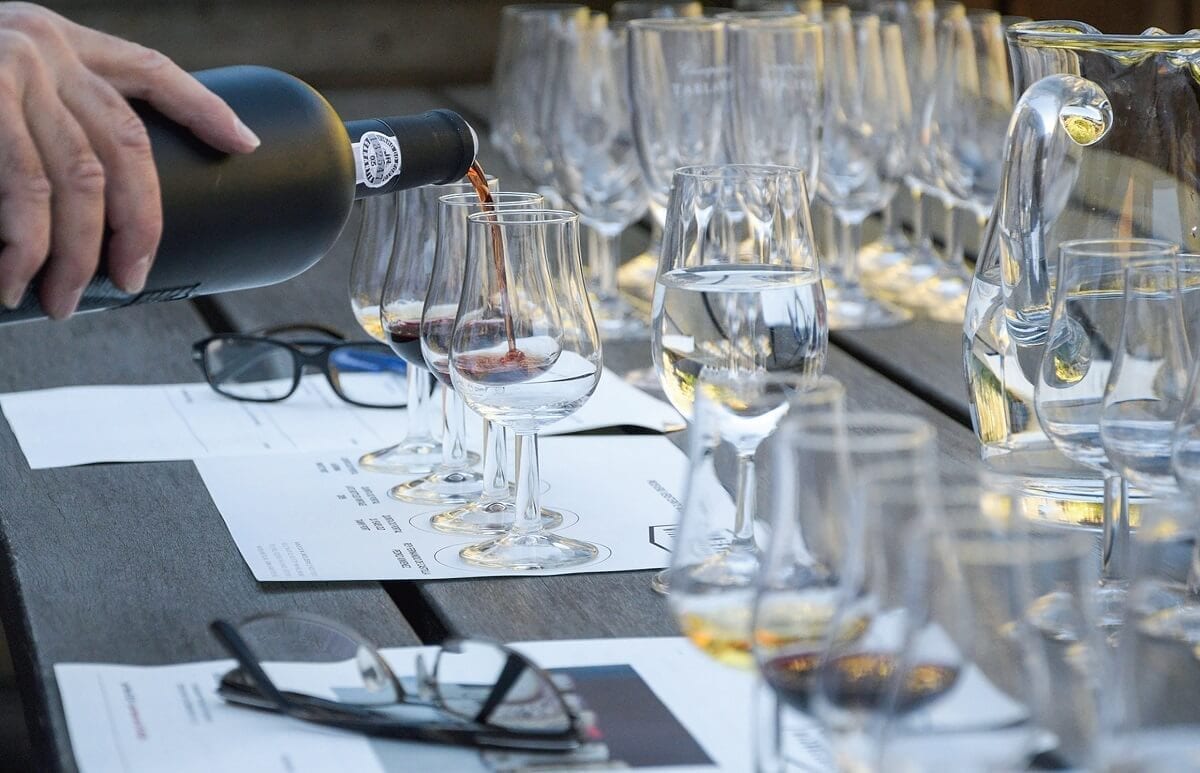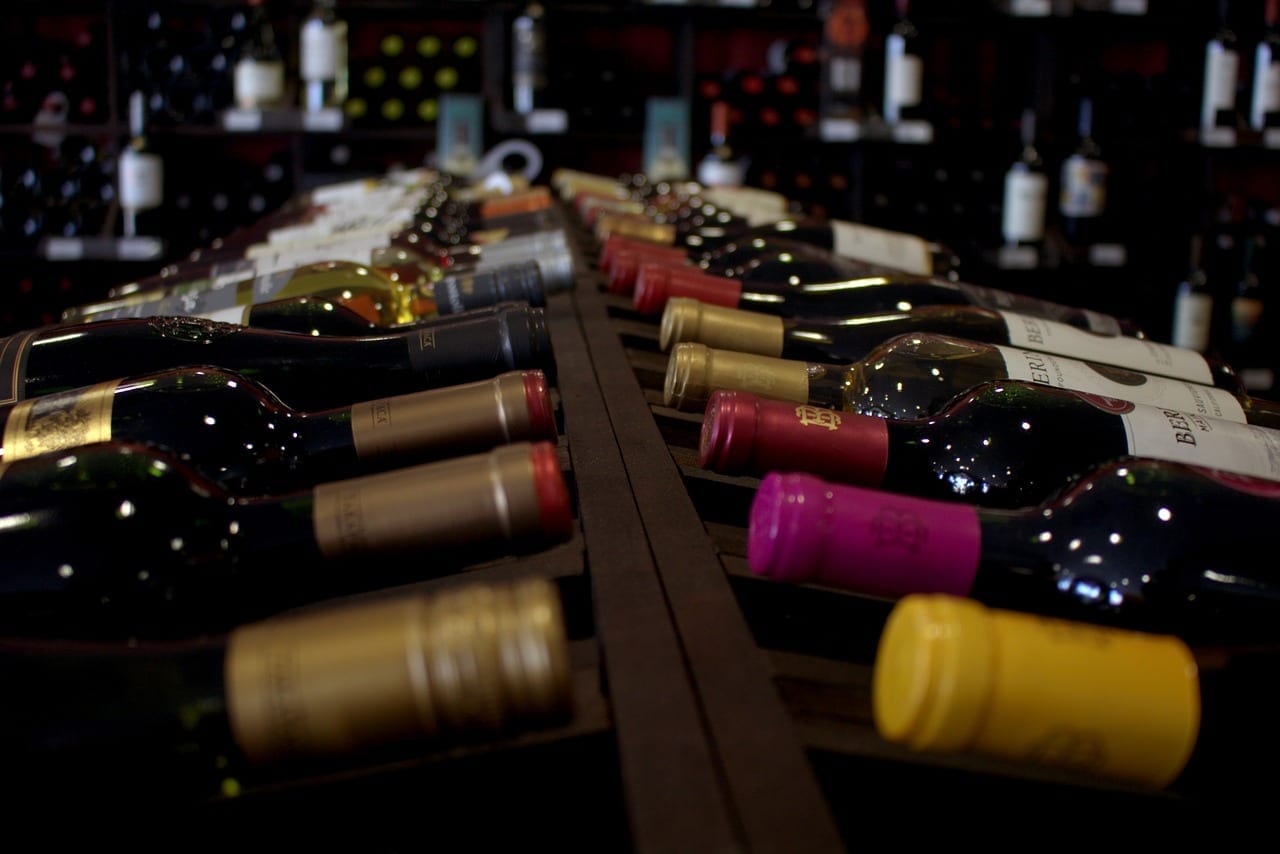Here’s a question that I get asked almost on a daily basis, or maybe weekly, or maybe monthly actually I never get asked at all and that is what is ‘Icewine” or to give it its original title Eiswein. Last time we were in Canada I bought a bottle of Sauvignon Blanc Icewine and am yet to open it as it only comes in 200ml bottles and you have the right occasion and the right food, any more than four of you and each would get a thimble full, anyway here is the answer to the question what nobody ever asks.
The first Eiswein is believed to have been made in Germany in the late 1700s when freezing weather struck before the grape crop could be harvested. However, the winemaker persisted, harvesting and pressing the frozen grapes and fermenting the juice into a sweet wine. Germany and Austria continue to produce Eiswein but sometimes their moderate European winters do not always provide the cold weather needed to freeze the grapes. When German immigrants arrived in Canada they carried on the tradition of making what is now called Icewine mainly in British Columbia and Ontario starting in the 1970s.
There are usually ideal conditions for reliable production, warm summers to ripen the grapes and cold winters, Ontario is now the leading Icewine producer and has earned global acclaim for its Icewine. Icewine is made from grapes that have been left to freeze naturally on the vine. It produces a luscious intensely flavoured wine with rich aromas and flavours of ripe tropical fruits such as lychee, papaya and pineapple. Made from white wine grapes and red wine grapes all the varietals are sweet but have a firm backbone of acidity making them firmly balanced.
 As it is a dessert wine it needs to be chilled and as with sauternes and botrytis affected wines, they not only compliment deserts but also aged blue cheese and foie gras. Icewine must be made from approved grape varieties such as Vidal, Riesling, Sauvignon Blanc, Cabernet Franc, and Cabernet sauvignon.
As it is a dessert wine it needs to be chilled and as with sauternes and botrytis affected wines, they not only compliment deserts but also aged blue cheese and foie gras. Icewine must be made from approved grape varieties such as Vidal, Riesling, Sauvignon Blanc, Cabernet Franc, and Cabernet sauvignon.
In Canada the season starts in the autumn with the netting of the grapevines to protect the grapes from the birds, the grapes are then left on the vine until the temperature reaches a sustained -8 degrees centigrade or lower sometime between December and February when during the time between the end of the growing season and the harvest the grapes dehydrate concentrating the juices and creating the characteristic complexities of Icewine.
Typically a period of at least six hours is needed to harvest the grapes, most being picked by hand, while still frozen the grapes are pressed leaving most of the water behind as ice. Because only a small amount of concentrated juice is extracted, it takes about 3-4 kilograms of grapes to produce a 200ml bottle about 15% as against the expected yield of normal table wine and it can actually get too cold to pick the grapes because at -14 degrees the grapes yield too little juice, one year Inniskillin started pressing the grapes at midnight and didn’t see a dribble of juice until 8.00 am and during the night the frozen grapes broke two wine presses!
The juice is very sweet and can be fairly difficult to ferment and what is left is relatively low in alcohol with high sugar levels but the result is liquid gold and some of the finest dessert wine in the world, the most expensive Icewine ever sold was Royal DeMaria 2006 Chardonnay Icewine which was sold for $30,000 and they now list the award-winning 2000 vintage Chardonnay Icewine for a cool (sorry) $250,000 per bottle. The market is very important to Canada as they are now the largest producer of Icewine in the world producing 2.5 million bottles last year which was worth $70 million retail and Canada was recognised in International competition for its Icewine when a wine from the Inniskillin Estates Winery in Niagara won the coveted Grand Prix d’Honneur in 1991 at Bordeaux VinExpo.
 Unfortunately everywhere seems to be out of stock at the moment of the Canadian wines however it appears that Frogmore Creeks Iced Riesling made in Tasmania and which uses a tank freezing process is available at Dan Murphy’s for around $23 for a 375ml bottle. I had an email from Lissa this week who buys her wine online and asked why I mention BWS, Dan Murphy’s and Liquorland so much which is a fair observation. I would like to expand my purchasing options and should include the BottleMart over at the Sandstone Point Hotel but apart from the clubs, we are pretty starved for choice.
Unfortunately everywhere seems to be out of stock at the moment of the Canadian wines however it appears that Frogmore Creeks Iced Riesling made in Tasmania and which uses a tank freezing process is available at Dan Murphy’s for around $23 for a 375ml bottle. I had an email from Lissa this week who buys her wine online and asked why I mention BWS, Dan Murphy’s and Liquorland so much which is a fair observation. I would like to expand my purchasing options and should include the BottleMart over at the Sandstone Point Hotel but apart from the clubs, we are pretty starved for choice.
I still feel it is a pity that The Comisky Group didn’t invest in a small version of Harry Browns similar to their outlet at the Eatons Hill Hotel but whether we would have given it the support necessary to make it viable is probably doubtful but looking at the number that turn up for their shows who knows? I had a Ned Sauvignon Blanc from New Zealand this week from Liquorland which was very good and Liquorland also promoted their VinVale Shiraz again from Shingleback in McLaren Vale, but a great buy was from Dan Murphy’s which was The Serafino Shiraz which normally retails at $22 a bottle but during September if you bought one bottle you got another free.
Serafino Winery is owned by The Maglieri Family who has been making outstanding wines for many years initially under their own name until the winery was purchased some years ago and is now part of The Treasury Estates Wine Group.
Cheers, Philip Arlidge [email protected]
A couple of interesting comments from a couple of novelists:
The Spanish Wine, my God it is foul, catpiss is Champagne compared, this is the sulphurous urination of some aged horse. Thank goodness Spanish wines have improved since D.H. Lawrence tried them. “Tastes like piss” he shouted. “Only you would know” murmured his host Not Basil Fawlty but Canadian novelist Claud Parsons.
Other Articles
The Bribie Winelander Oct 2019
